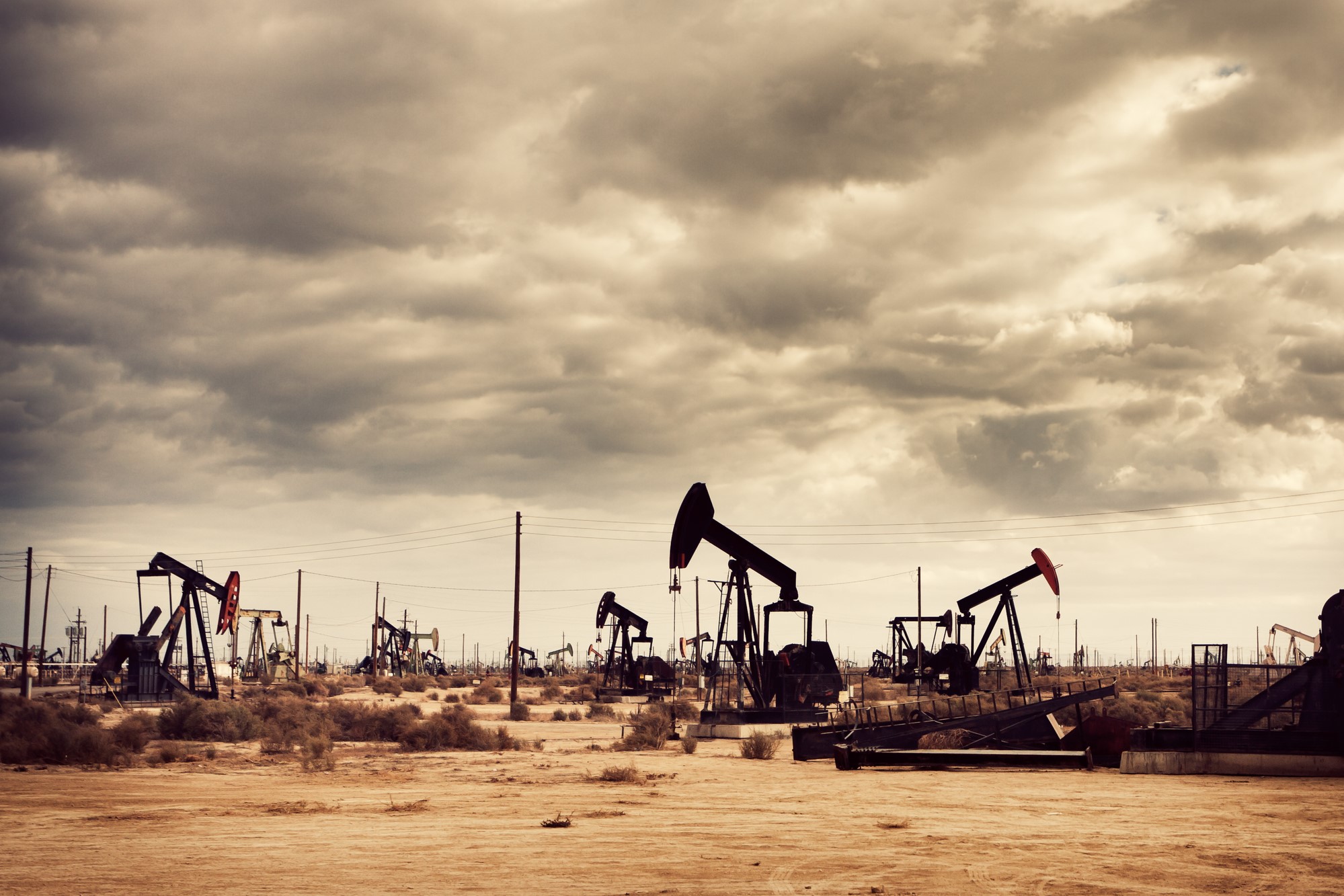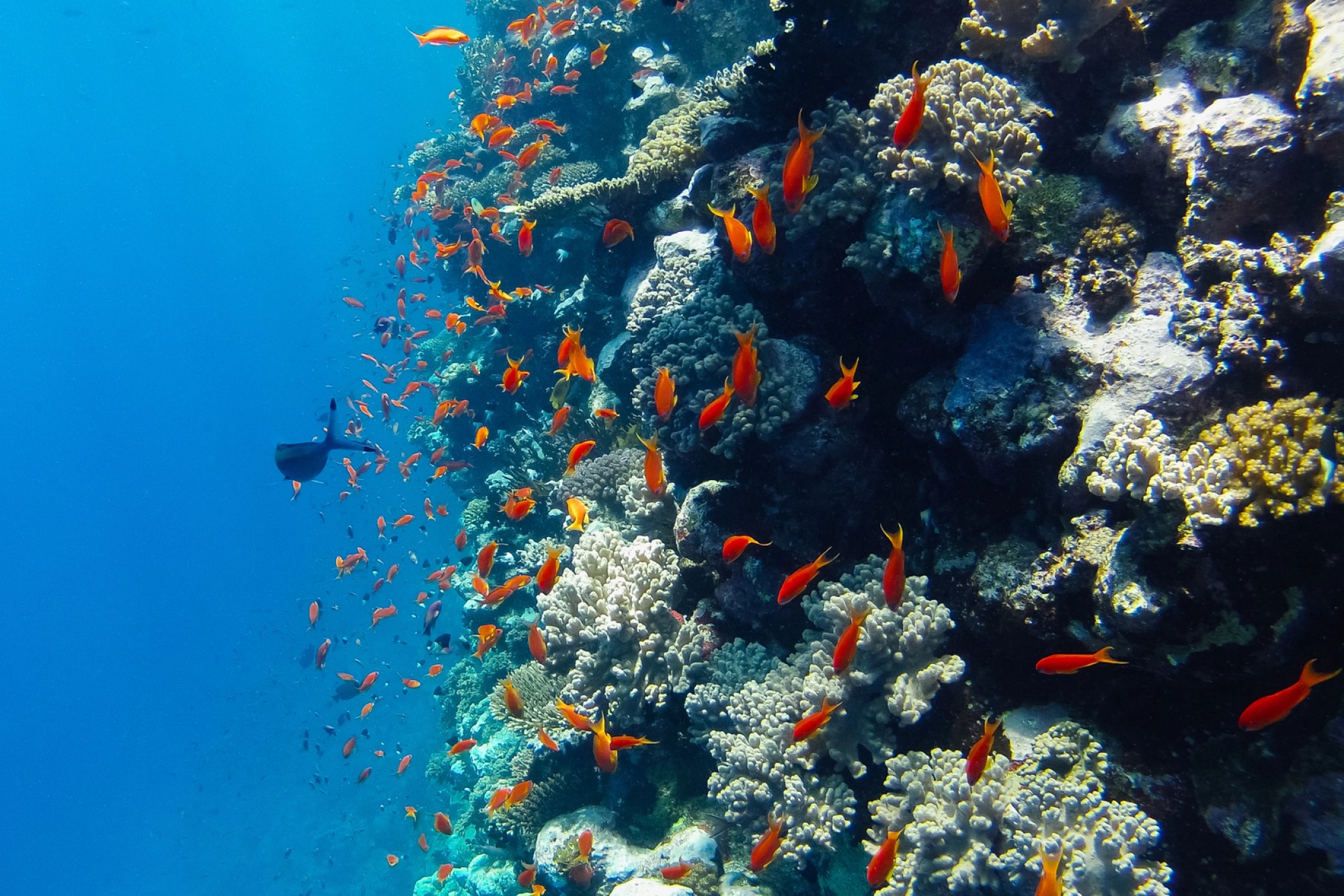Justice and Climate Change

A recent analysis by Harvard researchers vindicated the work of ExxonMobil’s internal scientists. As far back as the 1970s, Exxon not only knew about human-caused climate change, but had impressively accurate predictions regarding the global temperature over the next several decades. This analysis adds to the pile of documentation concerning the oil giant’s role in climate change misinformation.
Since the story broke in 2015, it has been clear that Exxon was aware of the threat of global warming – to the planet and to company profits – and shifted gears from open discussion to the seeding of doubt. The new research establishes just how good their early internal science was, and accordingly, just how deliberately obfuscatory their tactics.
And so we come to “climate justice.” This slogan designates that anthropogenic climate change is not just an ethical issue, it is a moral one. Typically the concern is one of fairness, and how the burden of fixing climate change should be distributed. What is each country’s responsibility? How does this intersect with their wealth, their historical benefit from fossil consumption, and their expected impact from climate change? Nonetheless, this does not exhaust the space of justice. Lady Justice holds a sword as well as scales.
What should climate justice, in the sense of holding people accountable, look like?
One approach is “atmospheric trust litigation” championed by the organization Our Children’s Trust. They are currently involved in a number of lawsuits against the United States government exemplified by the ongoing case Juliana v. United States which alleges that there is a general right to an atmospheric system capable of sustaining life that has been violated by the actions of the government, and seeks injunctions that would curb the use of fossil fuels.
The core idea is that the atmosphere is a public trust held by the state for public use and the government has failed as trustee, that is, failed to protect and maintain the atmosphere adequately for the public.
It remains to be seen whether this is a good approach to seek legal remedy for anthropogenic climate change, but if one wants to penalize or deter the actions of specific individuals or companies this approach will not work. For ultimately it is the United States government broadly understood that is the target of the lawsuits. An alternative is to not just pursue civil cases against the government, but hold corporations or select actors within, directly accountable for their actions in either causing climate change or deliberately deceiving politicians, shareholders, or the public about climate change.
William Tucker, a lawyer for the U.S. Environmental Protection Agency has argued (in an individual capacity, not on behalf of the EPA) that fraud is another possibility for holding certain actors civilly and criminally liable. This is nearer to a retributive or deterrent understanding of climate justice. A number of cases have been filed against companies like ExxonMobil for their deceptive business practices, including one in New York (which ended in failure) and an ongoing case in Massachusetts.
A different tack is found in the work of lawyer and activist Polly Higgens. She sought to make ecocide, or the deliberate destruction of ecosystems, a crime under international law. The campaign to make it a law is ongoing, but if successful, people could be criminally prosecuted for gross environmental harms in countries that accepted ecocide as a crime. The notion is increasingly prevalent in European debates on climate change. A similar proposal by political theorist Catriona McKinnon is the inclusion of postericide among international criminal law, for those who engaged in “reckless conduct fit to bring about the extinction of humanity.” These proposals both focus on the harms of human-caused climate change, not just the coverup. The United Nations has also indicated its intent to see criminal prosecution for environmental and climate harms, although their approach is not yet clear.
Especially for Americans, a more crime-based approach to dealing with climate change is unfamiliar.
Narratives of climate change, partially spread by fossil fuel companies, tend to focus on who is responsible for the burning of fossil fuels and often hold a mirror to the modern Western lifestyle. Beef eating, plane travel, and even having children emerge as climate sins. (See the Prindle Post’s ongoing discussion regarding Procreative Autonomy and Climate Change.)
And yet, while climate change has literally billions of contributors, it is only a small number of people in select positions that truly could have acted differently and made an appreciable difference in the current climate crisis. Almost all of us have left a light on, but few of us knew about climate change in the 1970s and chose to launch a multidecade campaign to obscure the truth.
One potential concern is that treating climate change as a crime is inherently retrospective. It may feel good to get the bad guys, but it will not solve the fundamental problem. Although this concern is not unique to climate change – it applies just the same in cases of murder. The dead cannot be brought back to life simply by punishing the wrongdoer.
Different approaches to justice answer this challenge differently. A retributive stance alleges that criminals deserve their due even if it does not undo the harms they committed. Whereas a deterrent perspective focuses instead on discouraging similar behavior in the future.
ExxonMobil’s climate change disinformation campaign is not an outlier, but is a textbook example of a very modern – and challenging – form of immoral action. The public relations strategy of big oil to cast doubt on climate change was the exact same pursued by big tobacco to cast doubt on the health effects of cigarettes. Even the same public relations firm, Hill and Knowlton Strategies, was involved.
People placed high-up in the vast institutional structures erected during the 20th century, like the modern corporation, make decisions – perhaps for profit, perhaps for power – that can have the downstream effect of harming many, many people. Such actions are ill-fit to our intuitions of crime and punishment. A potential crime such as spreading climate change misinformation with the resources of a multibillion-dollar company is characterized by the incredible scale of potential harms, but also by a complete lack of viscerality. It is not gruesome, it is not personal. The causal connection between an executive decision to cast aspersions on climate science and someone dying in an extreme weather event is complicated by the convolutions of corporate structure and the mercuriality of weather. (Although there are scientific methods to tie climate change to specific weather events.)
Nonetheless, a societal answer to this question – of how to ground meaningful accountability for actions mediated by giant institutions – is vitally important. For the harms conducted by a lone murderer pale compared to the damage that can be done with the resources at the hands of governments and corporations.




